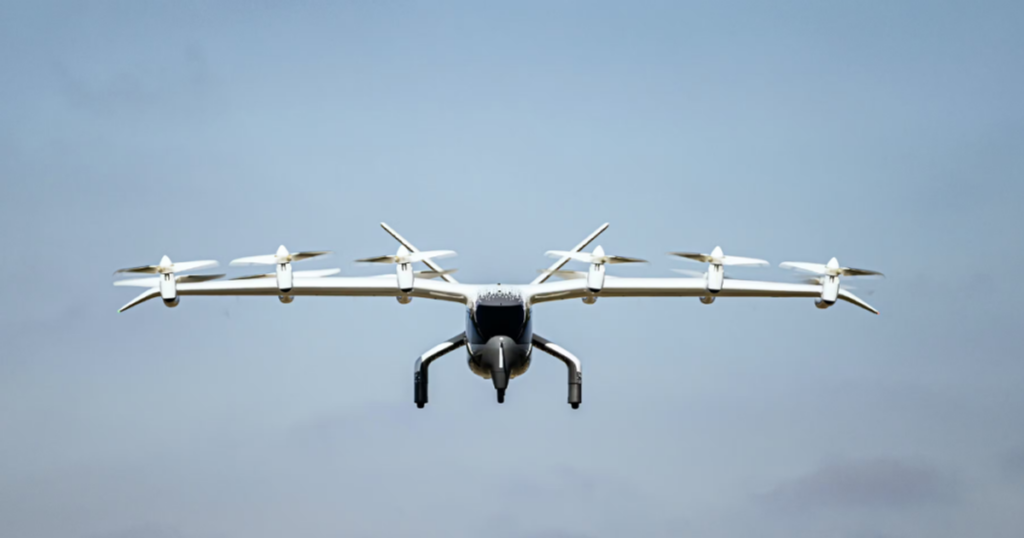It is virtually inevitable that people will think about the world of flying cars while they are impatient with traffic and watch the minutes pass.
The bumper-to-bumper traffic, squeals and slow moving vehicle stimulation make it very appealing to simply pick up and soar over the confusion.
For decades, flying cars have served as symbols of the future, as promised in science fiction films and futuristic prophecies.
However, despite major technological advances, individual aviation vehicles remain a distant possibility for the majority of people.
Still, if you are late on a highway similar to a parking lot, it's difficult not to think about avoiding the road completely and heading towards the sky.
The idea of flying cars produced for mass consumption seems unattainable yet, but the idea of small aircraft has been around for a long time.
From small planes to helicopters, flying to reduce traffic time is not a new concept.
But the idea that these aircraft would act as taxis was only a few years ago.
Advances in flight taxis
In October 2022, Wisk, an Advanced Air Mobility (AAM) business, unveiled the sixth generation air taxi, the world's most sophisticated at the time.
Other vehicle manufacturers founded XPENG AEROHT in 2020 and boast similar concepts including the Chinese XPENG motors that design and manufacture electric vertical takeoff and landing (EVTOL).
In 2024, the company introduced the public to what is called a flying car.
The car model, called the “Evtol Flying Car,” is designed with two passenger seats and an aviation concept.
This may seem a little far from some African countries struggling to accommodate technological advances in more developed countries, but in 2025, Ethiopian Airlines decided to partner with US Archer Airlines to develop electric air taxi services in East African countries.
How Ethiopian Airlines plans its purpose to realize flying cars
Ethiopian airlines will use Acha's midnight aircraft. This is a four-seater electric vertical takeoff and landing (EVTOL) vehicle designed for quick, continuous short-range flights with little charging time between flights.
The two main goals of this transaction are to reduce city traffic and reduce carbon emissions, as seen in TechPoint Africa.
To elaborate on the initial goal, the deal aims to change urban travel by replacing 60-90 minutes of motor travel with 10-20 minute electric aviation taxi flights that are safe, sustainable, low noise, and competitive with ground transportation.
The Archer's Midnight is a pilot four-seater aircraft designed for quick successive excursions with little charging time between flights.
Ethiopian Airlines also hopes to be able to create models with this initiative that will be beneficial for African cities struggling with traffic congestion.
Flying taxis may seem like a dream in the past, but Ethiopian Airlines' brave initiative suggests the potential for changes in mobility in cities in Africa.
While obstacles such as infrastructure, law and pricing remain, Ethiopian airlines' push for electric air taxis is a promising step into a future where the sky could become an important part of daily transport across Africa.
The initiative could also reduce climate damage that drove the thyroid clusters of infringers across the continent, such as food shortages caused by floods and droughts.


